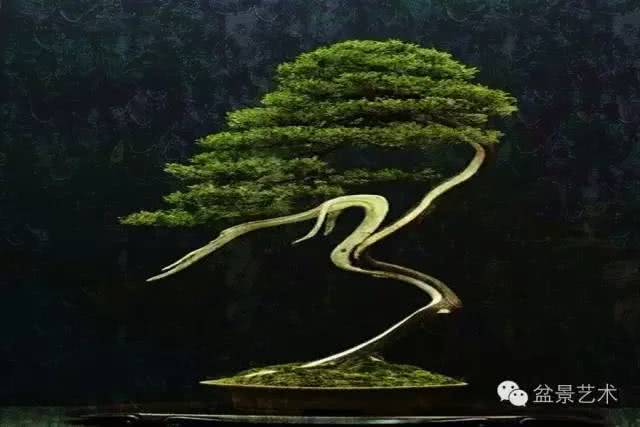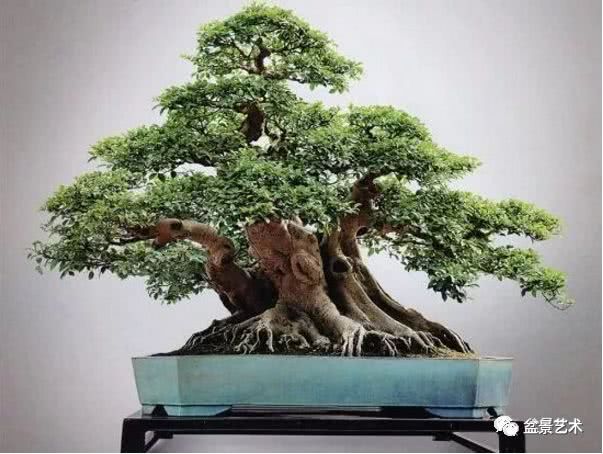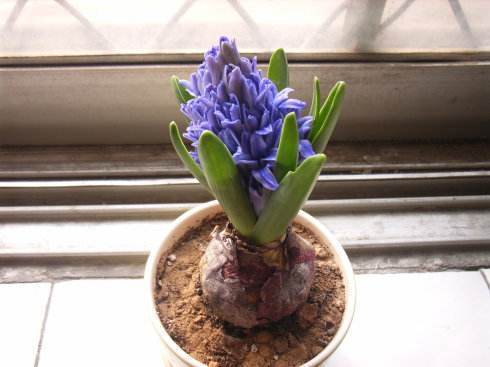Bonsai art takes pursuing natural interest as the highest aesthetic ideal

First, the formation of bonsai art is closely related to the philosophy of "watching business".
Third, ancient clumsiness is the basic aesthetic style of Chinese bonsai, which reflects not the morbid aesthetic taste, but the philosophical spirit of advocating life.
Fifth, the charm of Chinese bonsai art comes from the creation of the realm, rather than the simple formal beauty.
Bonsai, as an independent art, has been developed for thousands of years. Chinese bonsai is not a simple skill without learning, in which there are rich theories. The study of these theories is also very important to enrich the research field of Chinese aesthetics. Generally speaking, the pursuit of "natural interest" is the fundamental creative principle of Chinese bonsai art. This paper discusses several theoretical issues related to bonsai "natural interest". First, the formation of bonsai art is closely related to the philosophy of "watching business"; second, bonsai art can see the whole through a small part, small is not a summary of the big, bonsai is not a miniature landscape; third, clumsiness is the basic aesthetic style of Chinese bonsai, which reflects not morbid aesthetic taste, but lively spirit of life. Fourth, although the binding and distortion of bonsai is harmful to the physical nature, its overall purpose is to strive for miraculous craftsmanship, following the idea of advocating nature rather than separating it; fifth, the charm of Chinese bonsai art comes from the creation of the realm, not the simple formal beauty.
- Prev

How to deal with the cut of potted stump
Hua you often cut dry when dealing with downhill piles or grafting, the principle of saw treatment is nothing more than moisturizing, prevent bleeding, avoid light, promote healing, wrap pulp as soon as possible, do not affect sprouting, the common moisturizing sealing materials are as follows: 1. Since.
- Next

My hyacinth has been in a hurry for a long time because it is too delicate?
I wonder if you will often see the flowers from other flower friends when you brush the flower circle. Recently, Huahua saw that everyone in the moments is scrambling to post their own flowers. I really envy them very much. Especially two days ago.
Related
- Wuhan Hospital Iron Tree Blooming Result Was Instantly Frightened by the Gardener Master
- Which variety of camellia is the most fragrant and best? Which one do you like best?
- What is the small blue coat, the breeding methods and matters needing attention of the succulent plant
- Dormancy time and maintenance management of succulent plants during dormancy
- Minas succulent how to raise, Minas succulent plant pictures
- What are the varieties of winter succulent plants
- How to raise succulent plants in twelve rolls? let's take a look at some experience of breeding twelve rolls.
- Attention should be paid to water control for succulent plants during dormant period (winter and summer)
- Watering experience of twelve rolls of succulent plants
- Techniques for fertilizing succulent plants. An article will let you know how to fertilize succulent plants.

